It may have taken God four days to create life, but bio-scientists working on an artificial cell estimate they’ll need another five to 10 years. They gathered for the first time at the BaSyC conference in Delft, 28-29 August 2018.
BaSyC stands for Building a Synthetic Cell, the common goal of the roughly 100 researchers who have gathered in the TU Delft Science Centre from all over Europe and the USA for the first-ever symposium on this field of research. Is this a competition or international collaboration? “Yes!,” says Stanford Professor Drew Endy, “it’s very much both.”
In 2015, Professor Cees Dekker, who had received an ERC grant for the development of an artificial cell, predicted the first synthetic cell by 2020. How is that prediction regarded now?
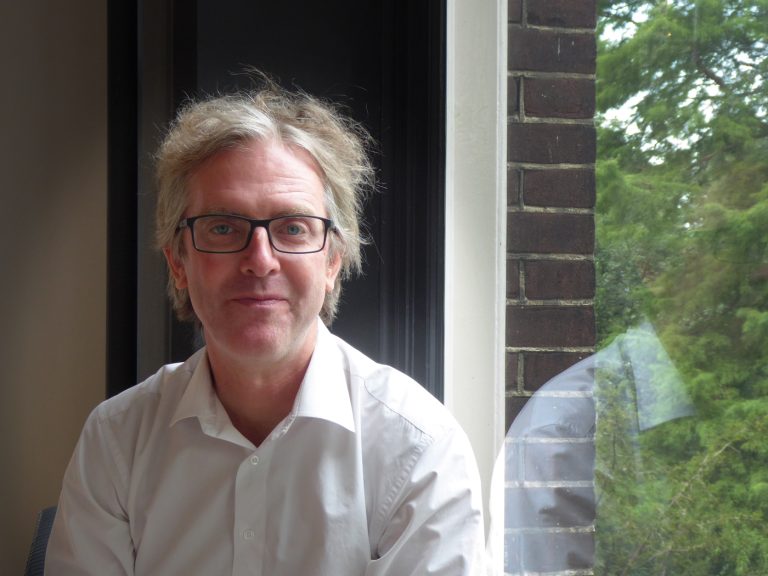 Drew Endy.
Drew Endy.Professor Drew Endy (synthetic biology at Stanford University) says “For that prediction to come true by 2020, there would have to be a surprising scientific or technical result. The common goal of the room is to put together molecules in a system and get them to reproduce. Getting there by 2020 would be shocking. Within academia, getting there by 2030 would be pretty good. And some people, also within this working group, would say never. They argue it’s too complicated and biology is infinitely complicated. I disagree with them, but the average estimate seems to be around 2030.”
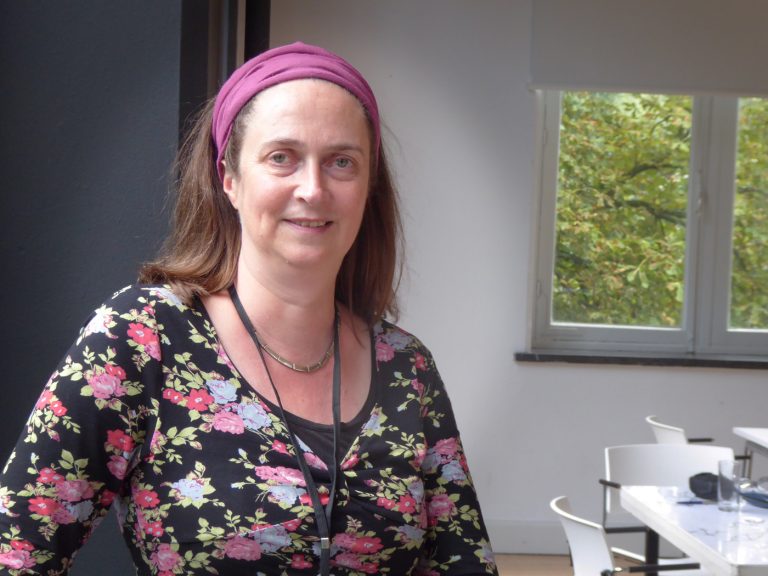 Marileen Dogterom.
Marileen Dogterom. Professor Marileen Dogterom, Chair of the BaSyC steering committee, says: “That’s not going to happen by 2020. We started the NWO gravity programme BaSyC last year as a 10 year project. But the end date is unpredictable. Building a synthetic cell is a gigantic challenge. You could run into hurdles, but things could also accelerate. And what do you even mean by an artificial cell? We say a synthetic cell should have autonomous growth, cell division and transmission of information. To a certain extent, the individual parts are there now. But the challenge is to integrate them, make processes autonomous and keep them running. That’s the big challenge, and it’s not going to be solved before 2020.”
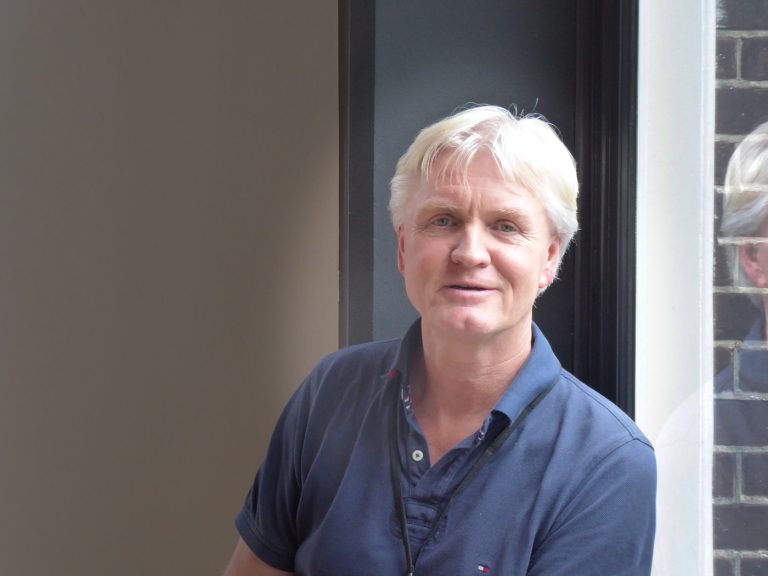 Bert Poolman.
Bert Poolman.“Combining the modules is going to be the major challenge for the coming decade at least,” Professor Bert Poolman (molecular biology, Groningen University) agrees. His group works on modules that produce ATP, the cell’s fuel, and modules that produce lipids. “In engineering, you can couple modules into a functioning chain because they all comply to certain standards. In biology, you cannot really predict how modules work together because they influence each other in ways that are not well understood.”
Researchers have gathered here from Europe and the USA with a common goal. Is it an international competition or collaboration?
Drew Endy: “Well, it’s very much both. You can frame this project as a competition to be the first to build an artificial cell. You could also say it’s an exploration into a generative open-ended space, offering unique possibilities. So of course, it’s both.”
Marileen Dogterom: “It’s always a little bit of both. There’s a collaborative atmosphere here, people sense a research community emerging, and there is a shared excitement. Of course, every group wants to be the first to develop a synthetic cell. I must say that the Netherlands stands a good chance because of the present funding and organisation with the BaSyC research programme.
Bert Poolman: “I’d say it’s a friendly competition. Of course, you compete but you also need each other. Twenty million euro may seem like a lot of money, but we need 10 times that amount to reach the goals we have set. So if parallel developments are taking place elsewhere, we will benefit from their results as well.”
Artificial life requires transmission of information, metabolism and cell division. Which of these is the most difficult to achieve?
Marileen Dogterom: “The individual components for these functions are difficult to develop, but the complexity is overseeable. The real difficulty is to coordinate these functions in time and space, and integrate them so that a cell not only grows and divides, but also doubles its DNA at the same time, and not triples it.”
Bert Poolman: “We haven’t developed some components yet. Take the ribosome, for example, the part of the cell where proteins are made from an RNA template. You need 100 components to build a ribosome. How these can be assembled in a synthetic cell, we really don’t know how to do.”
Drew Endy: “What you mention is what we know about. That’s easy. It’s the things we don’t know about that are the hardest part. There are about a hundred essential functions of life, as represented by 100 essential genes in the 450 genes of the minimal genome. We don’t know what they do, and we also cannot get rid of them. So we know there are things we don’t know about. These are the known unknowns. Never mind the unknown unknowns.”
Do you regard the building of an artificial cell as fundamental or applied science?
Bert Poolman: “For me, it’s fundamental science. That’s also what drives me. I’d like to understand the biochemistry of a cell better. To cite Drew Endy’s lecture, ‘That which is alive, we do not understand.'”
Marileen Dogterom: “The project started as fundamental science, but the impact in terms of applications may be really big. That’s also how the industrial partners see it. Fundamental understanding of how a cell works can make big differences in the way we use biotechnology as we gain predictive power.”
Drew Endy: “Yes, strongly both! It’s reasonable to expect that a better understanding of the biochemistry of life will have an influence on all sorts of biotechnology. Not just on the new market of custom-made organisms, but also on the existing biotech markets.”
What is your motivation to work on artificial life?
Marileen Dogterom: “I have a long standing fascination with how cells work, and I have been building pieces of cells as a contribution to that understanding. The thought that you could understand the whole cell with this bottom-up approach, I find really appealing. It’s also fun to work on with 17 research groups in the Netherlands under the NWO Gravitation (Zwaartekracht) programme. The fact that you all know this is going to be great, and the fact that you all know that you need each other to do it gives rise to a collaborative spirit I really enjoy.”
- Listen to ‘Can we recreate Life, and why should we?, an interview with Prof. Drew Endy on Soundcloud (21 mins).
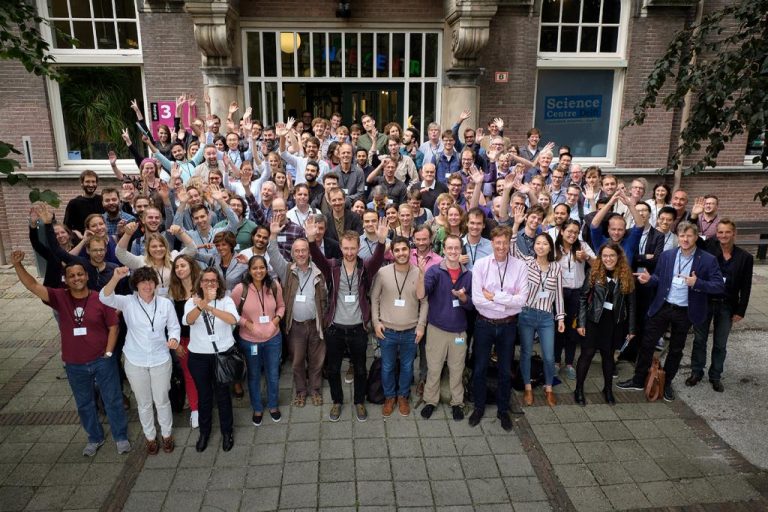
Researchers at the first BaSyC symposium in Delft. (Photo: Haalbeeld Fotografie / TU Delft)
Read also:
- ‘Artificial cell division in five years’
- Kick-starting artificial Life
- Dogterom duikt met publiekslezing in de cel
Update 30 August 2018 – In a tweet Professor Cees Dekker made the correction that his prediction refered to articificial cell division, not on the the development of a living artificial cell. He was right of course.
Heb je een vraag of opmerking over dit artikel?
j.w.wassink@tudelft.nl

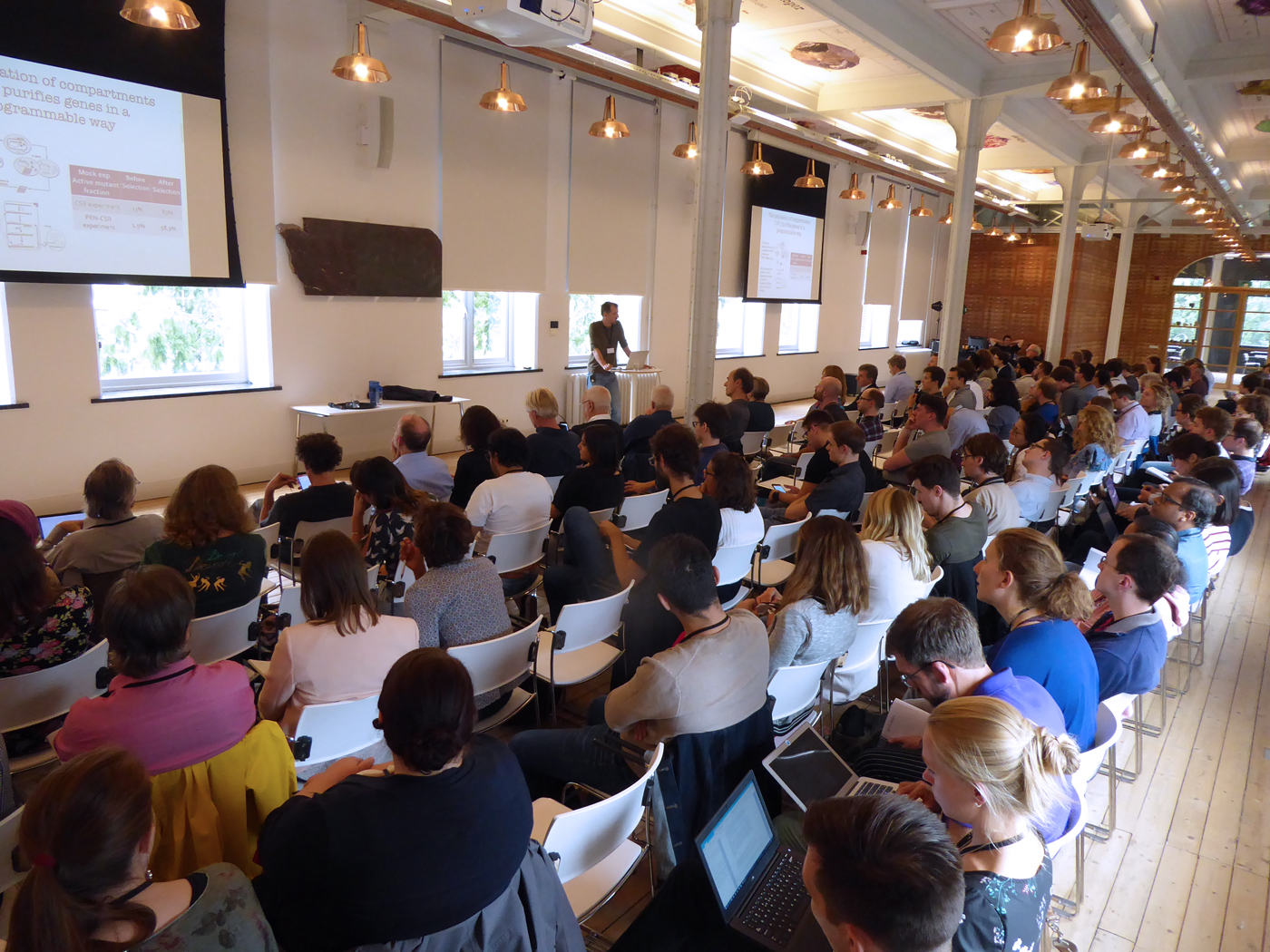
Comments are closed.